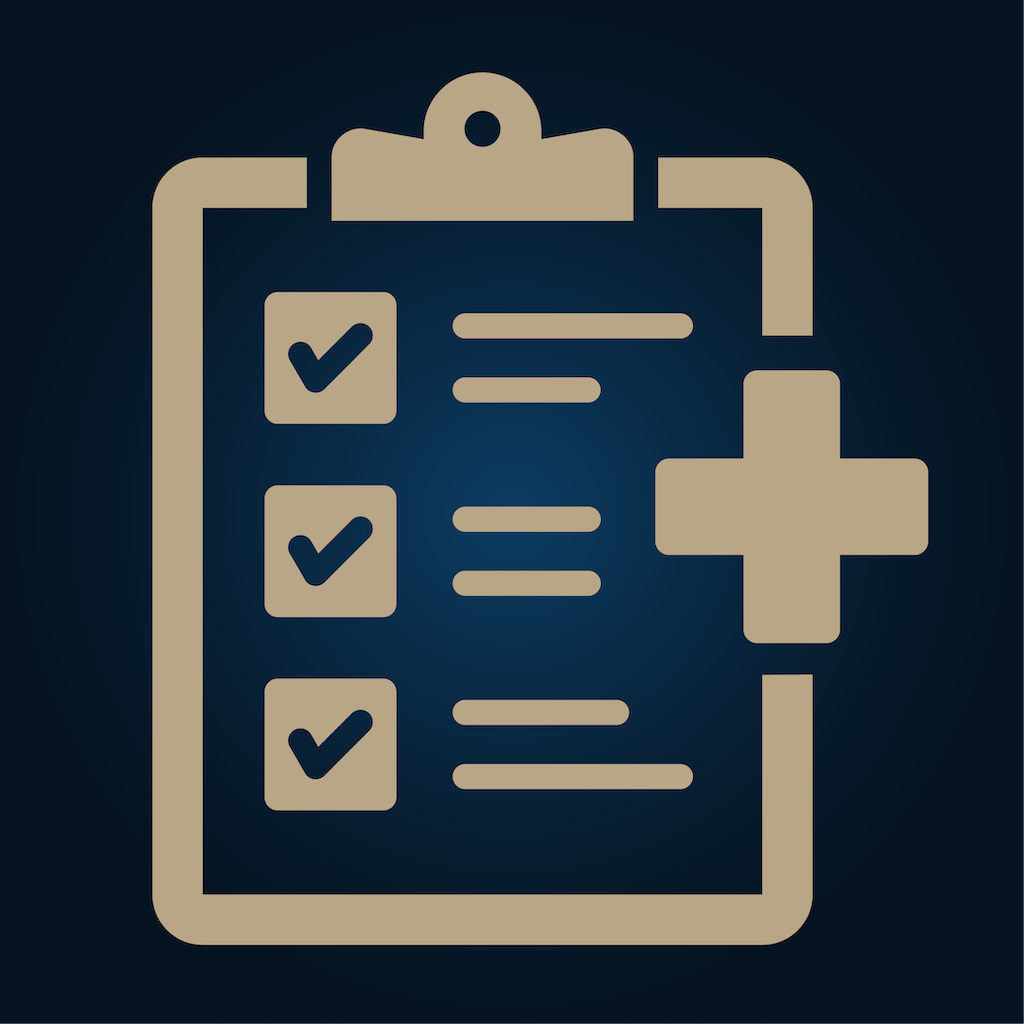
Reverse TSA Rehabilitation
Reverse TSA Rehabilitation Protocol
You have undergone a reverse total shoulder replacement procedure. The performance of the procedure is complete, but for the most optimal outcome, it is vital that you follow your post operative rehabilitation protocol.
The intent of this protocol is to provide the patient and therapist with a guideline for post- operative rehabilitation of a shoulder replacement.
Sling
It is very important to continue to use your sling for the entire 6 weeks in order to protect the portion of the rotator cuff that has to be taken down and then repaired in order to perform the procedure. Failure to allow this tendon to heal will severely affect your outcome.
PHASE 1 – Joint Protection – Weeks 0-4
1. Keep incisions clean and dry for 2 weeks post operatively and no soaking in baths, hot tubs, pools or lakes for 6 weeks
2. No shoulder active range of motion
3. No shoulder ROM behind back and hip
4. No lifting any objects with operative arm
5. OK to do simple pendulums of shoulder but limited elevation to 90 degrees and external rotation to 30 degrees
6. For Weeks 0-6 while lying supine, a small pillow or towel roll should be placed behind the elbow to avoid shoulder hyperextension which will stretch anterior capsule and subscapularis.
7. No weight bearing on operative arm for first 4 weeks
8. Joint protection
9. Enhance activities of daily living including dressing, application and removal of sling
10. Enhance gentle PROM with limits
11. Elevation 90 degrees
12. External rotation 30 degrees
13. Internal rotation to hip
14. Abduction to 45 degrees
15. Cryotherapy
16. Gentle sub-maximal isometrics of deltoid and periscapular muscles
PHASE 2 – AROM and Early Strengthening – Weeks 4-12
1. Due to the potential of an acromion stress fracture, it is essential to gradually progress a pain free program for deltoid strengthening
2. Continue to avoid shoulder hyperextension
3. No lifting anything heavier than a coffee cup
4. No supporting of body weight by operative extremity
5. Continue PROM
6. Begin Active-assisted ROM and AROM as tolerated. Again, this motion should remain relatively pain-free
7. Start with AAROM and AROM in supine position and progress to standing as progress is made
8. Initiate gentle scapulothoracic rhythmic stabilization
9. Continue cryotherapy
10. Patient may begin to use operative extremity for feeding and light activities of daily living such as dressing and washing
11. Progress to gentle glenohumeral IR and ER isotonic strengthening in side-lying position with 1-3 lbs
PHASE 3 – Moderate Strengthening – Week 12+
- Enhance functional use of operative extremity
- Enhance shoulder mechanics, muscular strength and endurance
- Lifting limit for operative extremity is 5 lbs.
Criteria for discharge from skilled therapy:
- Patient is able to maintain pain free shoulder AROM demonstrating proper shoulder mechanics. (Typically 80 – 120 degrees of elevation with functional ER of about 30 degrees.)
- Typically able to complete light household and work activities.

